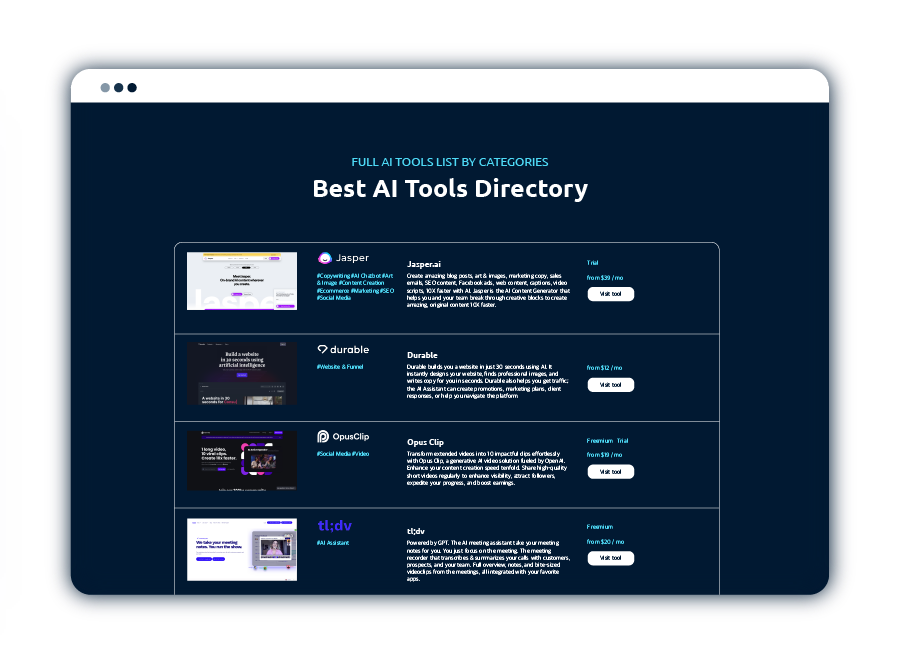
Imagine a world where content creation, from blog posts to music and even realistic images, can be generated at the push of a button, with the help of artificial intelligence. Step into the world of generative AI!
This rapidly evolving technology holds the potential to revolutionize industries and redefine the way we work and live.
In this blog post, we’ll delve into the world of generative AI, exploring its components, models, tools, real-world applications, and the challenges we need to address as it continues to advance.
So, let’s embark on a fascinating journey into the realm of generative AI.
The concept of generative AI dates back to the 1960s when Joseph Weizenbaum created the Eliza chatbot, which used training data to learn and generate responses.
Fast forward to today, and generative AI models have come a long way, combining various AI algorithms to create and manipulate content like text, images, audio, and more.
Generative AI fundamentally uses deep learning models to produce new content from pre-existing data, with its utility stretching across multiple industries and harboring the ability to transform our work and life.
Utilizing neural networks and algorithms, generative AI discerns patterns within pre-existing data and creates statistically likely outputs like text, images, audio, or video.
A variety of natural language processing techniques are employed to turn raw characters into sentences, parts of speech, entities, and actions, which are then represented as vectors using various encoding techniques. Foundation models like GPT-3 and Stable Diffusion serve as a starting point for AI systems that can perform a wide range of tasks.
Generative AI’s main components encompass deep learning models such as GANs, variational autoencoders (VAEs), and transformers.
GANs, for instance, were introduced by Ian Goodfellow in 2014 and offer a unique approach to creating and evaluating content by pitting two neural networks against each other, resulting in realistic images, videos, and audio of real people.
Over time, generative AI models have transformed from being smaller, specialized models into larger and more versatile ones, typified by GPT-3.
Notable generative AI models include large language models like GPT-3, diffusion models, and domain-specific models.
A variety of tools and platforms are available for implementing generative AI, ranging from open-source libraries like TensorFlow, PyTorch, and GPT-3, to commercial solutions provided by major tech companies like Google Cloud AI, Amazon SageMaker, and Microsoft Azure.
Popular generative AI tools include OpenAI’s ChatGPT, Google’s Dall-E, and NVIDIA’s AI Playground, among others.
Generative AI boasts a multitude of real-world applications across diverse industries, including creative content creation, synthetic data production for AI model training, transportation, natural sciences, and entertainment.
These applications showcase the wide-ranging impact of generative AI on our daily lives.
While generative AI offers numerous benefits and applications, it also comes with its fair share of challenges, including addressing bias and ethical concerns, as well as overcoming implementation hurdles.
Addressing bias and ethical concerns, and overcoming implementation hurdles are vital to ensure the responsible and effective use of generative AI.
With the continuous advancement of generative AI, industry adoption is expected to rise, leading to revenue growth, cost reduction, productivity improvement, and risk management.
Future advancements in generative AI models will likely focus on enhancing performance, versatility, and domain-specific capabilities, while addressing ethical concerns and limitations.
Generative AI has come a long way since its inception, showing immense potential in various industries and applications. By navigating the challenges, addressing ethical concerns, and embracing future advancements, we can unlock new possibilities and reshape the way we live and work.
The future of generative AI is indeed promising, and it’s up to us to harness its full potential responsibly.

Get 300+ AI Tools